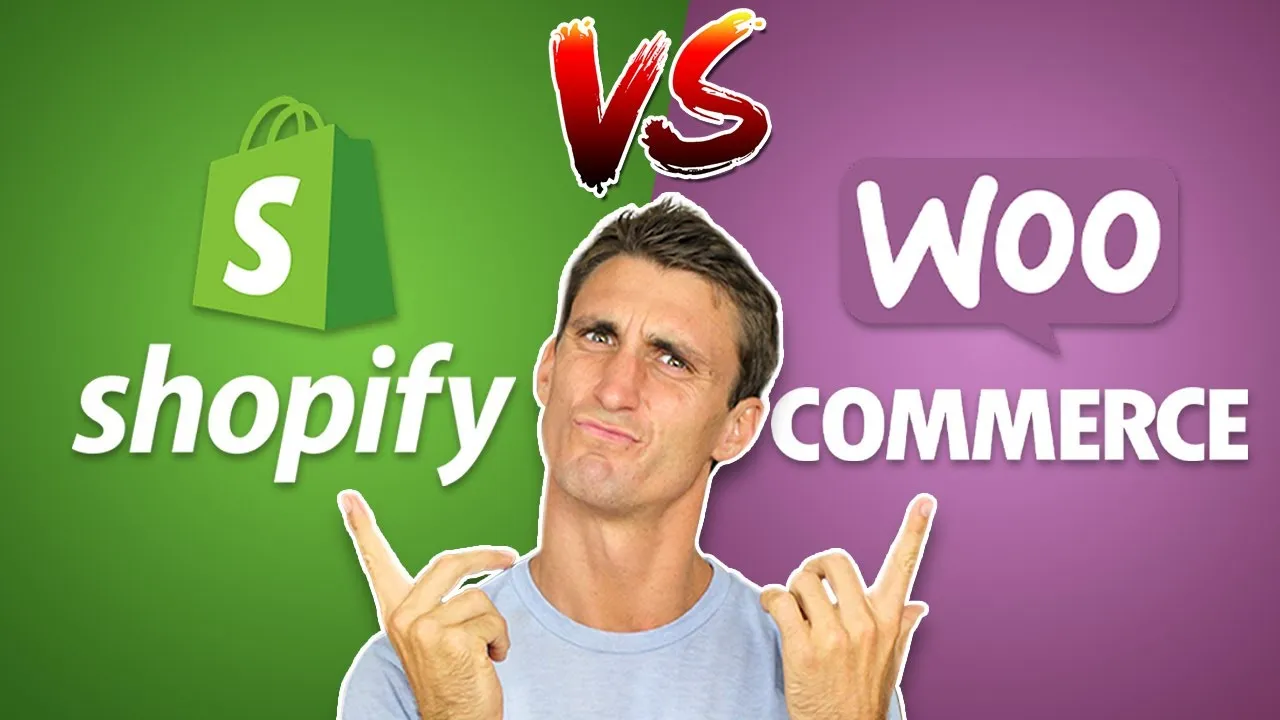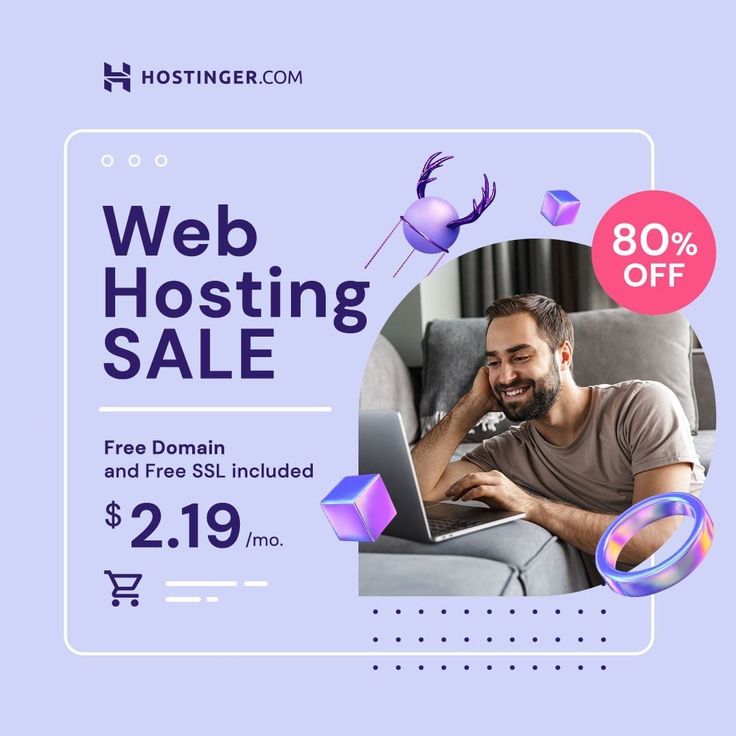You're running a small team, a growing business or launching your first shop. The choice of platform determines your budget, speed of execution, SEO and data management. Many comparisons list functions without talking about day-to-day operations. Here, we take the viewpoint of a freelancer or SME in France and give a straightforward answer to an ever-present question: Shopify or WooCommerce Can it support your objectives without putting a strain on your margins or mental workload?

Shopify or WooCommerce: the key differences
There are two opposing philosophies. On the one hand, a hosted, packaged solution that reduces the technical effort and outsources the infrastructure. On the other, an open source e-commerce module connected to WordPress that is modular and interoperable. The former is reassuringly predictable and easy to use. The second is attractive because of its architectural freedom and potentially lower long-term costs. To make your decision, consider three key factors: total cost of ownership, speed to market, and technical and data control. Then project your business out to 12 and 36 months: which structure will preserve your margins and your ability to iterate?
Total cost of ownership (TCO) and margins
The margin is the law. Add up subscriptions, applications, themes, gateways, maintenance, hosting, development and human time. For a simple catalogue and a stable average shopping basket, Shopify or WooCommerce may seem equivalent in the first year. The difference then becomes apparent: fees on payments if you don't use the native solution, accumulation of recurring apps, or, on the other hand, one-off investments on the development and server side. On a site that processes 50 to 100 orders a day, a few tenths of a point on the payment commission, a subscription module billed by the month, or a day's dev here and there end up weighing heavily. The right method: model your flows (turnover, conversion, payment methods, returns), put a figure on them over 12 and 36 months, then compare the net margin, not just the starting price.
Speed to market and mental workload
Need to sell next week, without a dedicated developer, with a standard scope? Shopify or WooCommerce is not a level playing field at the start. The hosted solution often wins out: ready-made themes, optimised checkout, express payment, coherent back-office. The time saved can be counted in days. On the other hand, as soon as your scope deviates from the standard - quotation path, B2B with negotiated rates, hybrid subscriptions, intelligent bundles, pre-order logic - the equation changes. Miracle apps" solve 80 % of the need, then generate workarounds and recurring costs. On the WordPress side, getting started takes more care, but fine-tuning sometimes costs less over time because it's under your control. The real question: how much does your time and who carries the day-to-day technical complexity?
SEO, performance and data
Organic growth remains a profitable and sustainable source of sales. In this field, Shopify or WooCommerce are not on the same level when it comes to refining the technical layer. WordPress lets you control information architecture, URL structure, templates, structured data, internal meshing, pagination, facets, pre-rendering, server cache and image optimisation. The result: fast, indexable pages capable of capturing the long product and editorial tail. On the hosted side, the SEO foundation is solid and the checkout very efficient, but certain granularities (highly editorialized content types, complex data schemas, fine control of rendering) require more compromise. When it comes to data, stay in control: clean data layer, server-side monitoring, decision-making dashboards. The more you depend on closed integrations, the more you limit your scope for optimisation.
Catalogue, taxation, payments and logistics
Your business dictates your needs: configurable products, packs, options, customisation to order, B2B with VAT exemption, prices per role, quotes converted into shopping baskets, marketplaces, dropshipping, multi-stock, collection points. Shopify or WooCommerce covers these cases, but not at the same cost or with the same flexibility. The hosted solution favours standardised workflows, compliance and a managed ecosystem of applications - reassuring, fast, but sometimes rigid when it comes to French specificities (VAT rules, invoicing, document formats). The WordPress route, on the other hand, offers a host of building blocks: custom fields, dedicated content types, advanced pricing rules, custom editorial and logistical workflows. It's up to you to choose between procedural simplicity and business precision.
Scalability, security, support
When it comes to scalability, scale matters. A hosted platform absorbs peaks without server intervention, applies transparent updates and offers centralised support. On the other hand, an optimised stack holds its own: managed hosting, staging, CI/CD for your themes, proactive monitoring, WAF, automatic back-ups. Shopify or WooCommerce is not just a choice of functions, it's a choice of organisation. Who responds when the shop stalls at 9pm during an operation? Who patches loopholes and tests updates? Who keeps extensions consistent? Formalise the roles now to avoid the "one person responsible for everything, so nothing" effect.
How to decide in 3 scenarios
Scenario 1: rapid launch, short catalogue, standard tunnel, tight budget. Objective: prove traction. Opt for a well-maintained premium theme, essential apps and clean branding. Focus on the offer, visuals, reviews and paid acquisition. Avoid heavy customisation. Measure the essentials: add-to-cart rate, conversion, cost per acquisition, net margin.
Scenario 2: complex offer, B2B, SEO at the heart of the strategy. Here, data architecture, template flexibility and rendering control are more important than initial speed. Build dedicated content types, structured data sheets, editorialized category pages and a relevant internal search engine. Think 'product': backlog, sprints, versions. A robust foundation limits deadlocks, facilitates A/B testing and holds up better over three years than a pile of apps.
Scenario 3: scale-up, high traffic, internationalisation, IS integration. Focus on reliability, security and governance. Automate deployments, version the theme and modules, separate content and presentation, monitor performance (Core Web Vitals, availability, error rates). Install a clean data layer, server-side monitoring and dashboards for real-time arbitration. Your business becomes a well-oiled factory that can handle peaks without stress.
Decision checklist
Clarify the business model: basket, frequency, target margin. List the essentials and what can wait. Estimate the full cost over 12 and 36 months, including human time. Set your SEO and data requirements. Decide who will operate the technology, who will bear the risk and who will answer the phone at night. Validate a 90-day execution plan with precise milestones. The platform serves a product-market strategy, not the other way round.
Conclusion and next steps
Your objective is not to install a shop window, but to build a profitable, controllable and scalable channel. The best choice is one that maximises margin, reduces the mental workload and aligns the tool with acquisition. For a simple pilot project, the hosted solution often wins out on speed. For a strong editorial system, specific needs and SEO ambitions, the modular approach is the better choice. In all cases, test before you commit: mock-up, proof of concept, measurements, then cold arbitration on the net margin. Shopify or WooCommerce should not become a partisan debate: choose the path that accelerates your growth and secures your profits, now and in 36 months' time.









